Jack Quartet violinist Austin Wulliman and violist John Pickford Richards speak with US correspondent Thomas May about their upcoming marathon at Wigmore Hall, where the ensemble will perform three signature programmes all on the same day
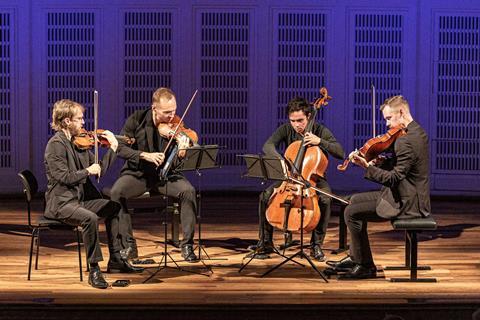
Discover more Featured Stories like this in The Strad Playing Hub
For two decades, the Jack Quartet has been at the forefront of contemporary string quartet performance, forging new paths through adventurous programming and ongoing engagement with living composers. To mark their 20th anniversary, the Jacks – violinists Christopher Otto and Austin Wulliman, violist John Pickford Richards and cellist Jay Campbell – are currently on an international tour that includes a centenary programme honouring Pierre Boulez at the venue that bears his name in Berlin and, on 22 March, a special ‘Three Concert Day’ at Wigmore Hall encompassing a trilogy of ambitious programmes from morning to night. The Wigmore Hall marathon continues a tradition the ensemble began there in 2017 with the complete quartets of Iannis Xanakis, with a subsequent edition devoted to an all-day Elliott Carter cycle.
Following another Boulez homage in collaboration with Orchestra Musikkollegium Winterthur, the ensemble returns to the US for an all-Zorn programme in New York and a tour of Alaska featuring music by John Luther Adams.
Amid this whirlwind of engagements, violinist Austin Wulliman and violist John Pickford Richards took time to speak with The Strad about Jack’s origins, the evolution of the ensemble, and the signature programmes they will present at Wigmore Hall.
What’s Jack Quartet’s origin story? The ‘lower half’ of the quartet – violist Austin and Wulliman and cellist Jay Campbell – came on board a little over halfway through your history to date.
John Pickford Richards: The original members all went to Eastman School of Music in Rochester, New York. Before we even decided to form a quartet, we worked with German composer Helmut Lachenmann. It was such a powerful experience that it led us to the Lucerne Festival Academy, where we performed Lachenmann’s Third String Quartet in our first concert together as Jack. We [violinists Christopher Otto and Ari Streisfeld, cellist Kevin McFarland and John Pickford Richards on viola] didn’t even need to discuss a mission. It was already apparent and built in to what drew us together.
But how would you have articulated that mission back then?
John Pickford Richards: Working with living artists and exploring adventurous music, whether by composers still living or recently passed. Over time, our interests and mission have evolved. Two of the founding members left after ten years [violinist Ari Streisfeld and cellist Kevin McFarland], and in a sense, Jack had a complete makeover. From the outside, it might feel similar, but in some ways it feels like we started a new quartet.
Austin Wulliman: There’s continuity too. On the Wigmore Hall marathon, we’re playing Lachenmann’s Third Quartet. Jay [Campbell] and I were already fans of Jack before we joined – it was so exciting to see a quartet playing the music I was interested in at a high level. So even though the group has changed, there’s a deep sense of continuity.
What was the biggest shift in emphasis when the lineup changed?
John Pickford Richards: It wasn’t a specific shift – it’s just the reality of new people bringing in their own passions. But, as Austin said, all six of us – past and present – share a lot in common.
Austin Wulliman: We even got to play together once – all six of us! – when we performed John Adams’s Shaker Loops at the University of Iowa with bassist Volkan Orhon. You can find it online. It’s actually our most-viewed video.
How does the three-concert Wigmore Hall marathon reflect Jack’s identity? The juxtaposition of American and modern European composers is a notable feature: for example, Philip Glass’s String Quartet No. 5 (1991) and his contemporary, Swiss composer Heinz Holliger’s String Quartet No. 2 (2007) on the first programme.
Austin Wulliman: The pairing of Glass and Holliger might seem bizarre but is deliberate. There are chorales in both, but by the end of the Holliger, they’ve been transmogrified through this intensely textural string quartet writing and we’re actually singing them. It’s almost like you enter that programme with the Glass through the space of the open chorale and then it’s shattered at the start of Holliger’s work, when we retune our instruments, filtered through his Modernist writing. But it comes right back to this chorale at the end.
How do you collectively design such intriguing programming ideas?
Austin Wulliman: With the third programme, for example, we wanted to honour the Boulez centenary – he was such an important figure for us at Lucerne. So when we started thinking about playing his monumental Livre pour quatuor, we knew we wanted to build a programme around it that felt exciting to us. Boulez’s music is so full of intellectual stimulation, rhetorical energy, and the world-burning energy of a young artist with so much talent.
We wanted to have Livre converse with music that precedes it and follows it – illuminating it through Boulez’s friendship with John Cage. And then we asked ourselves: what would Boulez be excited about today? He was always championing younger composers, so we commissioned Anthony Cheung [Twice Removed, a piece about art inspired by other art] and I wrote my own piece [Escape Rites, inspired by the Pierre Boulez-John Cage correspondence] to be in dialogue with Livre.
We also included Anton Webern, since Livre comes directly from that aphoristic, serial language. Eva-Maria Houben’s work is also serialist but leaves you in a poetic, dreamy space – it doesn’t feel like rigorous serialism.
How about the dramaturgy behind the second Wigmore programme, which features quite a span of generations of composers – with Elliott Carter, Eduardo Aguilar, and Helmut Lachenmann. What ties them together?
Austin Wulliman: I see this programme as a bridge between the first and third. Holliger’s quartet is dedicated to Elliott Carter, whose Fifth Quartet is about a string quartet rehearsal, so the Holliger piece naturally follows that. In the Carter, as if we’re being psychoanalysed in real time. Each player has distinct characters, their own set of intervals, their own rhythmic identity. It’s fun to think here about a quartet’s rehearsal dynamics.
Eduardo Aguilar’s HYPER [commissioned by Jack] deconstructs what a string quartet is. His mind operates in such an incredible way – he zooms in on the physical gestures of playing and builds the music from those details. It’s really about the rehearsal with Eduardo more than the score itself.
There’s a line here in how we’re building our relationship as a quartet through building these pieces: Carter is fragmentary, and then it biomes one explosive gesture in Eduardo’s piece. Lachenmann’s Third Quartet [known by its title Grido, meaning ‘shout’ or ‘crying’] resembles a novel.
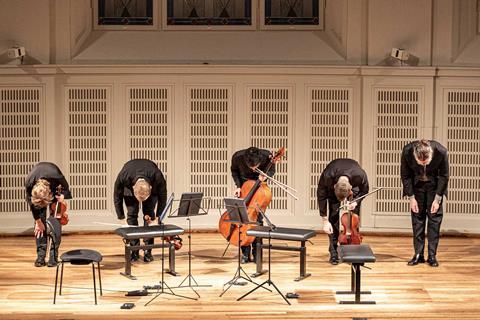
Lachenmann was foundational for JACK’s early years. How did he shape the group?
John Pickford Richards: He’s like the grandfather of Jack Quartet – or an older father. When we formed, Grido was still fresh – so fresh it hadn’t even been engraved yet. We learnt it from a bootleg handwritten score. We had a face-to-face relationship with Lachenmann from the very beginning. When we incorporated Jack as a legal entity in the State of New York, he even signed our articles of incorporation. We still work with him. His music has changed so much and I’ve learned a lot from investing in that journey.
Jack dismantles the old divide between American experimentalism and postwar European Modernism. How do you navigate those worlds?
John Pickford Richards: Playing different styles of music automatically results in making connections. It all becomes part of one repertoire and one language. As a violist, I don’t view the music I play as being in all these various categories. It’s just what I do.
Austin Wulliman: All of us naturally gravitate towards wanting different kinds of aesthetic statements to be a part of what we do as players. None of us is hyper-focused on only one thing stylistically. So as we pursue our interests, it naturally ends up that we find those connections.
Jack has been instrumental in mentoring and commissioning new work. Where do you see the future of the string quartet?
John Pickford Richards: From a performer’s perspective, I have the privilege of pursuing the music that I really like. We’re able to be true to our interests. But I think about the perspective of who’s listening, who wants to go to concerts of live string quartet music. It’s a big question mark as to whether that will last. I don’t mean that pessimistically. I just think things are changing – and how people consume music is changing.
Austin Wulliman: I’ve been amazed by the extent to which there still seems to be so much room to be creative with the string quartet. The perfect example of that is Eduardo Aguilar’s piece, which is imaginative and different from anything I’ve played before. Same with Anthony Cheung’s piece, which is so personal and richly expressive. The form seems to have an endless capacity, even though it’s such a hermetic form with just four instruments sitting onstage.
Read: Jack quartet receives Fellowship to explore music and neuroscience
Read: Irvine Arditti’s sentimental work: Helmut Lachenmann’s Grido
Discover more Featured Stories like this in The Strad Playing Hub
The number one source for playing and teaching books, guides, CDs, calendars and back issues of the magazine.
In The Best of Technique you’ll discover the top playing tips of the world’s leading string players and teachers. It’s packed full of exercises for students, plus examples from the standard repertoire to show you how to integrate the technique into your playing.
The Strad’s Masterclass series brings together the finest string players with some of the greatest string works ever written. Always one of our most popular sections, Masterclass has been an invaluable aid to aspiring soloists, chamber musicians and string teachers since the 1990s.
The Canada Council of the Arts’ Musical Instrument Bank is 40 years old in 2025. This year’s calendar celebrates some its treasures, including four instruments by Antonio Stradivari and priceless works by Montagnana, Gagliano, Pressenda and David Tecchler.

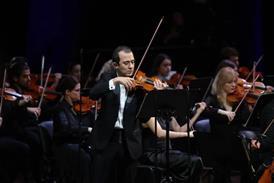
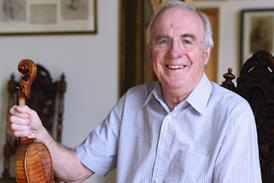
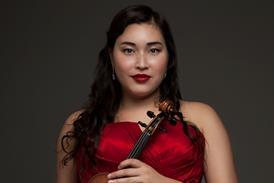

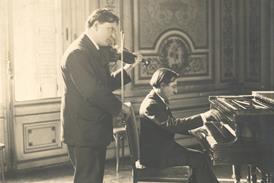
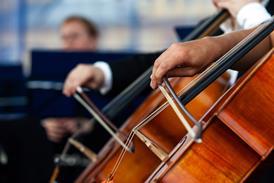
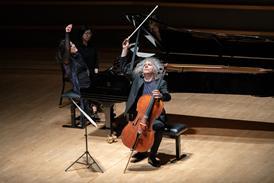

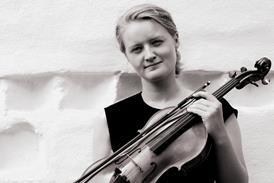
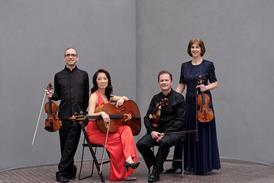

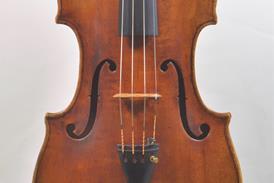

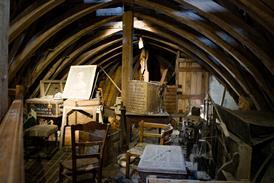
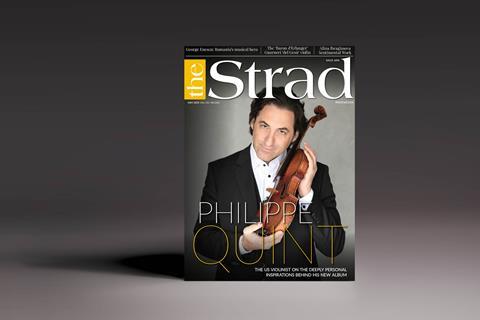
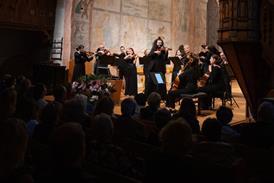

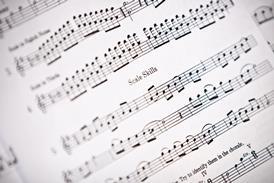
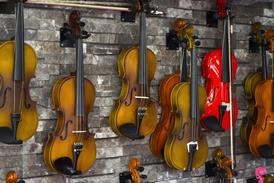
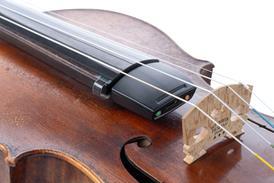
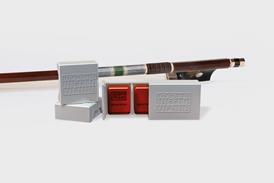
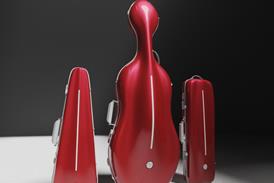
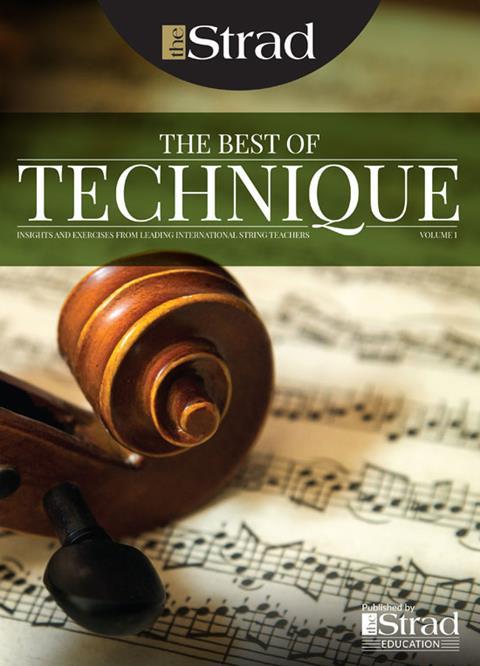
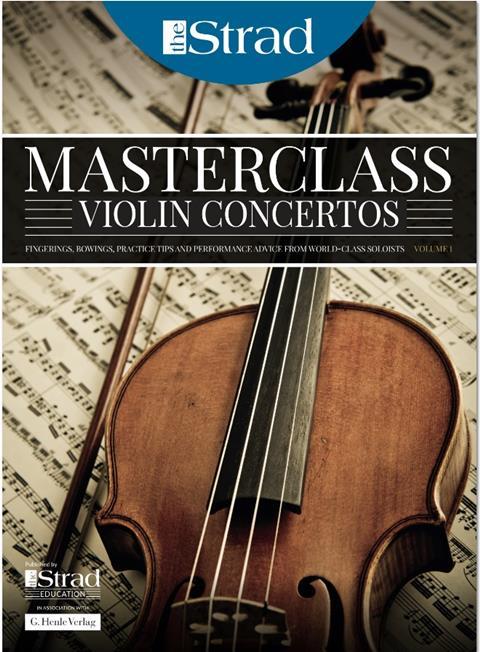
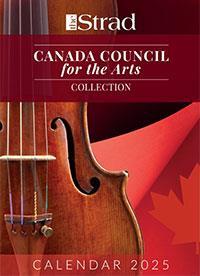












No comments yet